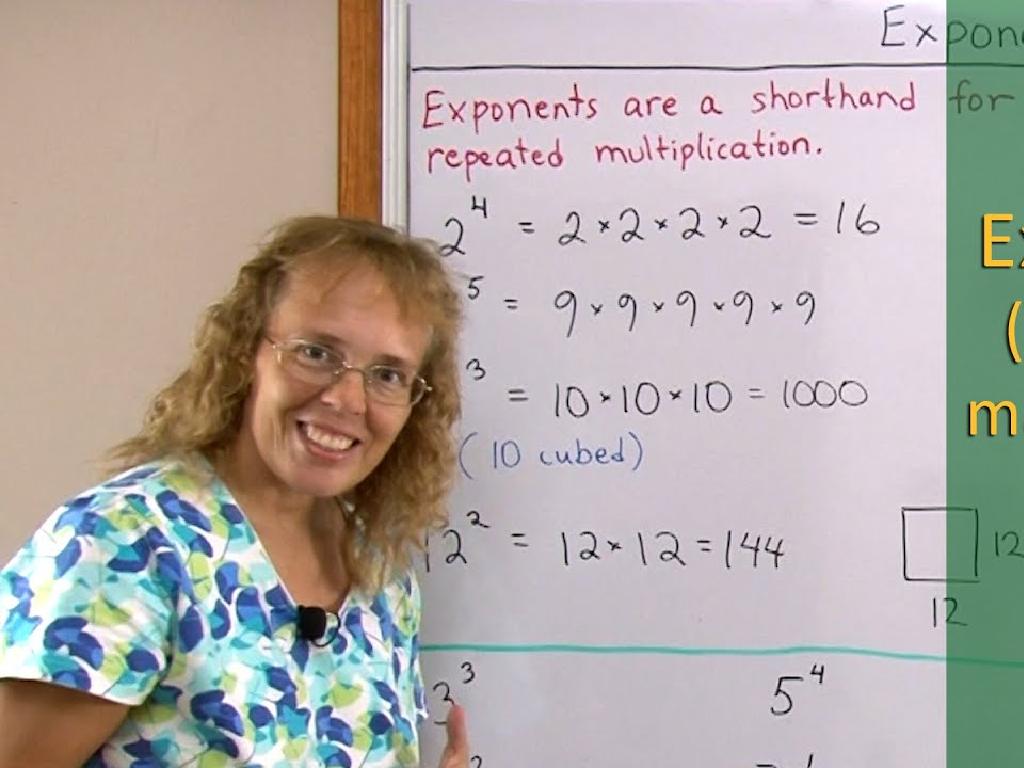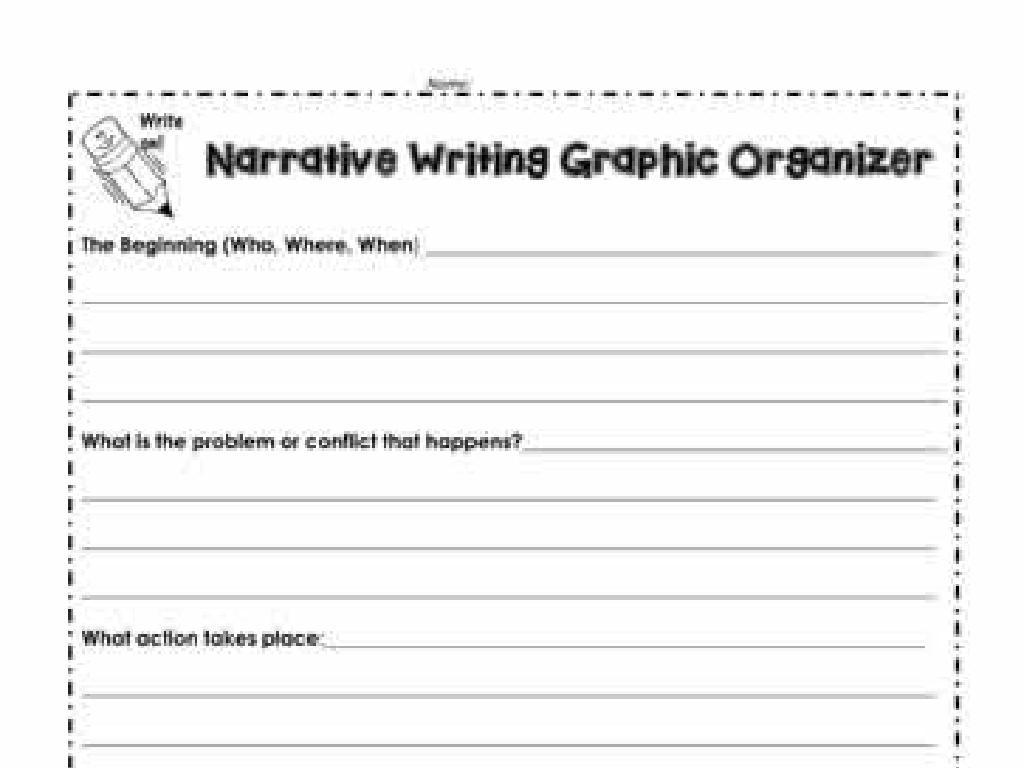Add Multiples Of 10 Or 100
Subject: Math
Grade: Second grade
Topic: Addition: Three Digits
Summary: This second grade math presentation teaches students how to add three-digit numbers by working with multiples of 10 and 100. Through interactive activities, visual examples, and fun games, children learn to recognize patterns and understand place value when adding numbers like 40 + 60 or 100 + 200. Emphasizing mental math and teamwork, the lesson strengthens addition skills and prepares students for future concepts involving larger numbers. Great for reinforcing key math foundations aligned with Common Core standards.
Please LOG IN to download the presentation. Access is available to registered users only.
View More Content
Welcome to Addition: Big Numbers!
– Learning to add big numbers
– Adding multiples of 10
– If we add 20 to 30, we get 50. It’s like adding 2 + 3, but with a zero at the end!
– Adding multiples of 100
– Adding 100 to 200 is easy; think of it as 1 + 2 with two zeros at the end!
– Practice with examples
– Let’s try 50 + 100 and 60 + 200 together!
|
This slide introduces second graders to the concept of adding larger numbers, specifically focusing on multiples of 10 and 100. Start by explaining that adding big numbers follows the same principles as adding smaller ones. Use visual aids or manipulatives like blocks or counters to demonstrate the concept of ‘place value’ and how adding zeros makes numbers ten or a hundred times bigger. Provide clear examples and encourage students to use their knowledge of basic addition to tackle these larger sums. During the lesson, give students ample opportunity to practice with various examples and ensure they understand that the zeros remain in the sum when adding multiples of 10 or 100.
Understanding Multiples of 10
– Multiples of 10: 10, 20, 30…
– They always end with a zero
– Notice the last digit is always zero
– Counting by tens shows a pattern
– Try: 10, 20, 30, can you continue?
– Practice with examples
– Example: 10+20=30, 20+30=50
|
This slide introduces the concept of multiples of 10, which is foundational for understanding place value and addition within the number system. Emphasize that multiples of 10 are simply the result of counting by tens. Point out the zero at the end of each multiple to help students recognize the pattern. Engage the class in counting by tens together and then provide simple addition examples using multiples of 10. Encourage students to use objects like counters or drawings to visualize the concept. For homework, ask students to list the next set of multiples of 10 and find simple sums.
Adding Multiples of 100
– What are multiples of 100?
– Numbers like 100, 200, 300, etc.
– Recognizing multiples of 100
– They always end with two zeros
– Counting by hundreds
– Let’s count: 100, 200, 300…
– Practice adding multiples of 100
– Example: 100 + 200 = 300
|
This slide introduces the concept of multiples of 100 to second-grade students. Begin by explaining that multiples of 100 are simply numbers that can be reached by counting by 100s, starting from 100 itself. Emphasize the pattern that these numbers end with two zeros, which makes them easy to recognize. Engage the class in a counting activity by hundreds to solidify their understanding. Afterward, demonstrate how to add these multiples with a few examples, and encourage students to solve similar problems. This will help them grasp the concept of addition within the context of multiples of 100.
Adding Multiples of 10
– Add numbers in the tens place
– If we have 40 and add 20, we count 40, 50, 60. The tens place changes.
– Ones place remains unchanged
– When adding 30 + 20, the ones place is 0 in both, so it stays 0.
– Example: 30 + 20
– 30 has 3 tens and 20 has 2 tens. How many tens in total?
– Let’s solve it step by step!
– We’ll add the tens together and see the ones don’t change.
|
This slide introduces students to the concept of adding multiples of 10, focusing on the tens place while keeping the ones place the same. Start by explaining that when we add multiples of 10, we’re really just adding the number of tens together. Use the example 30 + 20 to illustrate this point. Show that 30 has three tens and 20 has two tens, making a total of five tens, which equals 50. Emphasize that the ones place doesn’t change when adding multiples of 10. Encourage students to practice with different multiples of 10 to reinforce the concept. Provide additional examples and practice problems to ensure understanding.
Adding Multiples of 100
– Understanding multiples of 100
– Multiples of 100 are 100, 200, 300, etc.
– Add numbers in hundreds place
– Just like adding tens, but with an extra zero
– Example: 100 + 300
– 100 + 300 equals 400. It’s that simple!
– Practice with different numbers
|
This slide introduces the concept of adding multiples of 100, building on the knowledge of adding multiples of 10. Emphasize that when adding multiples of 100, students should focus on the hundreds place and simply add those numbers together, ignoring the tens and ones places. Use the example provided to demonstrate this concept and then encourage students to practice with different numbers to solidify their understanding. Make sure to provide a variety of examples and possibly incorporate a hands-on activity where students can use physical objects or drawings to represent hundreds and practice adding them together.
Practice Time: Adding Multiples of 10 and 100
– Try examples together on the board
– Focus on tens and hundreds places
– Add 10s: 30 + 40 = ?
– Adding tens like stacking blocks, 3 blocks plus 4 blocks
– Add 100s: 200 + 300 = ?
– Like adding bags of apples, 2 bags plus 3 bags
|
This slide is designed for an interactive class activity where students will practice adding multiples of 10 and 100. Start by solving a few examples together on the board to demonstrate the process. Emphasize the importance of aligning numbers by their place values, especially focusing on the tens and hundreds places. Use physical objects like blocks or apples to represent tens and hundreds if possible, to make the concept more tangible. Encourage students to participate by coming up to the board to try their own examples. Provide immediate feedback and positive reinforcement to build their confidence. For homework, assign similar addition problems to reinforce the day’s lesson.
Let’s Play a Game: Add It Up!
– ‘Add It Up!’ game introduction
– I will provide numbers to add
– Add multiples of 10 or 100 quickly
– Practice adding numbers like 30 + 60 or 100 + 200
– Get ready to share your answers
– We’ll discuss different strategies to add fast
|
This slide introduces a classroom activity called ‘Add It Up!’ where students will practice adding multiples of 10 or 100. The game is designed to enhance their addition skills and speed. Provide students with a series of numbers involving multiples of 10 or 100 and instruct them to add these numbers as quickly as possible. Encourage them to use mental math strategies such as grouping by tens or hundreds to simplify the process. After the activity, discuss the different methods students used to arrive at their answers, highlighting efficient strategies for quick addition. This will not only reinforce their understanding of addition but also promote a fun and interactive learning environment.
Class Activity: Addition Relay
– Teams solve addition problems
– Each member adds a number
– Pass the problem to the next
– First team with correct answer wins!
|
This activity is designed to encourage teamwork and reinforce the concept of adding multiples of 10 or 100. Divide the class into small groups, each group being a team. Provide each team with a set of addition problems involving multiples of 10 or 100. One student from each team starts by adding a number to the base number, then passes the problem to the next team member to add the next number. This continues until the problem is solved. The first team to reach the correct answer for all their problems wins. Make sure to prepare different sets of problems for each team to prevent copying. Encourage teams to work together and communicate effectively to solve the problems as quickly as they can. This activity not only helps with math skills but also with social skills and cooperative learning.
Great Work on Addition!
– Excellent adding multiples of 10 & 100
– Keep practicing at home
– Try adding 20 to 130, or 100 to 250!
– Next lesson: subtracting big numbers
– Remember, practice makes perfect!
– The more you practice, the better you’ll get!
|
Congratulate the students on their hard work learning to add multiples of 10 and 100. Encourage them to continue practicing these skills at home, perhaps with the help of their parents or guardians. Let them know that consistent practice is key to mastering math concepts. Preview the next lesson on subtracting large numbers to pique their interest and prepare them for the upcoming challenge. Provide some simple practice problems for home, like adding 20 to 130, or 100 to 250, and remind them that making mistakes is a part of learning and that they should keep trying.




